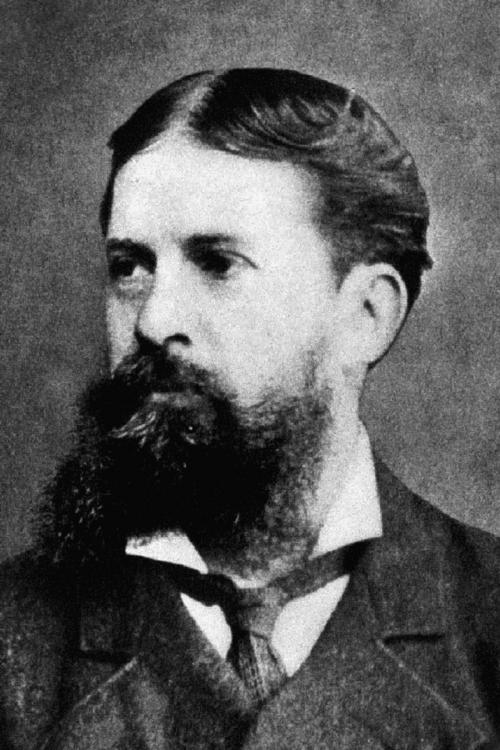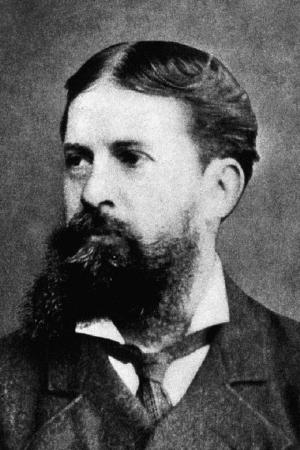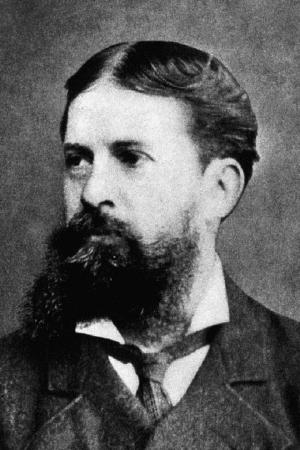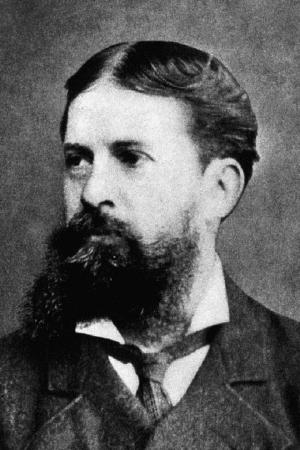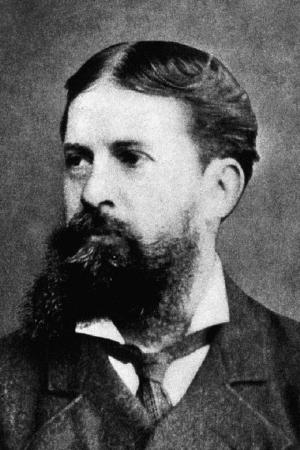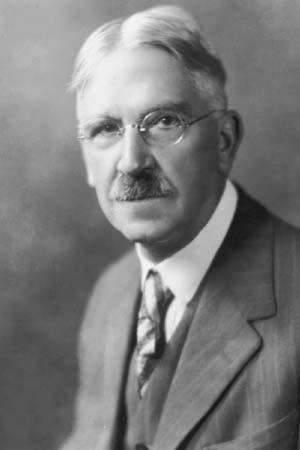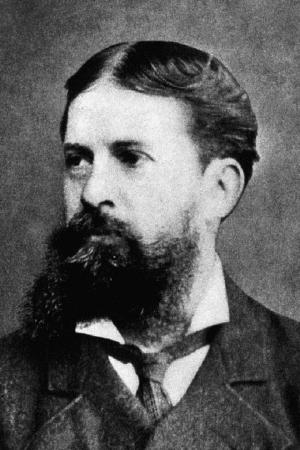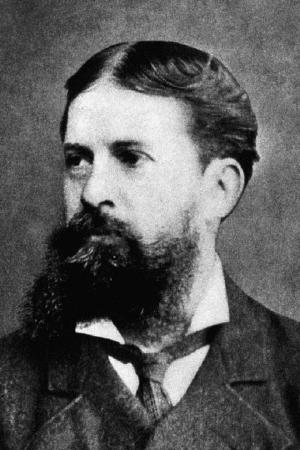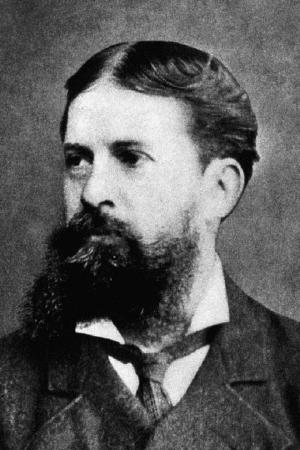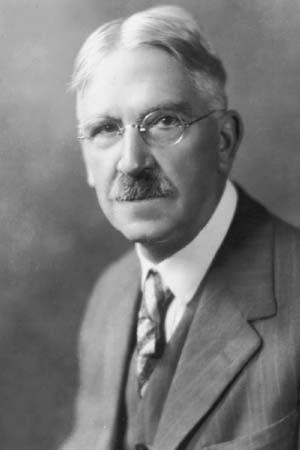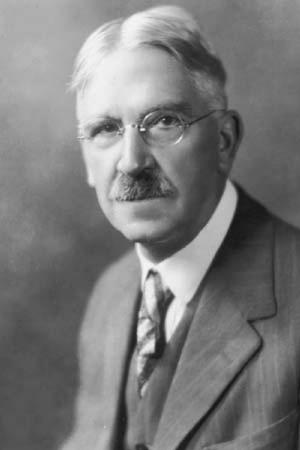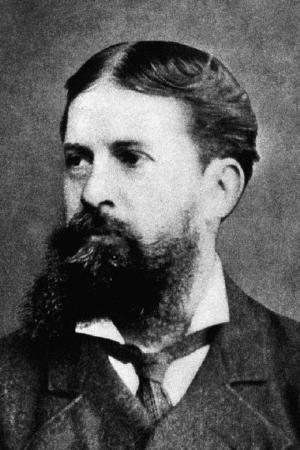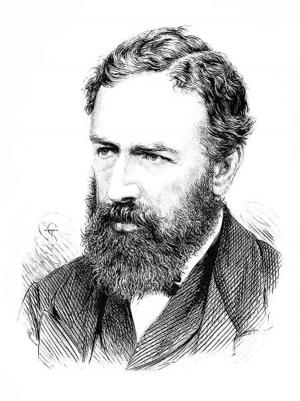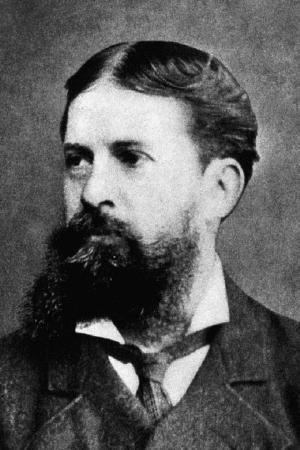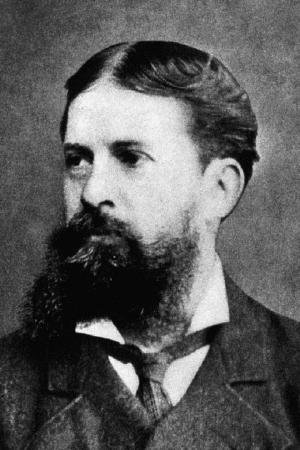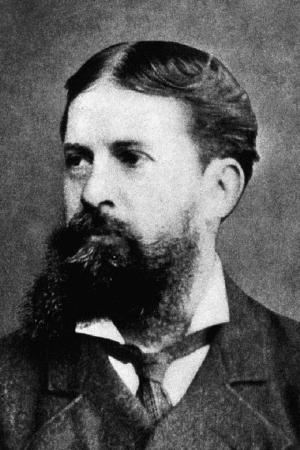A Detailed Classification of the Sciences (Illustrated)
Business & Finance, Economics, Macroeconomics| Author: | Charles Peirce, Timeless Books: Editor | ISBN: | 1230001230130 |
| Publisher: | Timeless Books | Publication: | July 14, 2016 |
| Imprint: | Language: | English |
| Author: | Charles Peirce, Timeless Books: Editor |
| ISBN: | 1230001230130 |
| Publisher: | Timeless Books |
| Publication: | July 14, 2016 |
| Imprint: | |
| Language: | English |
The book has an active table of contents for readers to access each chapter directly.
In 1934, Paul Weiss, an American philosopher, the founder of The Review of Metaphysics, and the Metaphysical Society of America, called Charles Peirce "the most original and versatile of American philosophers and America's greatest logician".
In 1943, Webster's Biographical Dictionary added Charles Peirce’s introduction as "now regarded as the most original thinker and greatest logician of his time."
Max Fisch, a well-known writer of identity, individuality, responsibility, morality, and political commitment, commented Charles Peirce as the follow:
“Who is the most original and the most versatile intellect that the Americas have so far produced? The answer Charles S. Peirce is uncontested, because any second would be so far behind as not to be worth nominating. He was mathematician, astronomer, chemist, geodesist, surveyor, cartographer, metrologist, spectroscopist, engineer, inventor; psychologist, philologist, lexicographer, historian of science, mathematical economist, lifelong student of medicine; book reviewer, dramatist, actor, short story writer; phenomenologist, semiotician, logician, rhetorician and metaphysician.”
Without any doubt, Charles Peirce is in the row of the best minds with Henry George, William James, Thorstein Veblen, and Ludwig Wittgenstein.
In 1902, Charles Peirce published his foundational paper to his theory of or psychological science A DETAILED CLASSIFICATION OF THE SCIENCES. In this paper, Peirce argued that a classification of the sciences is needed as the follows:
“They are naturally many, because not only are their purposes various, but their conceptions of a science are divergent, and their notions of what classification is are still more so. Many of these schemes introduce sciences which nobody ever heard of; so that they seem to aim at classifying, not actually existent sciences, but possible sciences. A somewhat presumptuous undertaking is that of classifying the science of the remote future. On the other hand, if classifications are to be restricted to sciences actually existing at the time the classifications are made, the classifications certainly ought to differ from age to age. If Plato's classification was satisfactory in his day, it cannot be good today; and if it be good now, the inference will be that it was bad when he proposed it.”
This is a must-read book to understand the foundational thought of Philosophy, Logic, and Science by Charles Peirce, one of the greatest philosophers and logicians in the world.
The book has an active table of contents for readers to access each chapter directly.
In 1934, Paul Weiss, an American philosopher, the founder of The Review of Metaphysics, and the Metaphysical Society of America, called Charles Peirce "the most original and versatile of American philosophers and America's greatest logician".
In 1943, Webster's Biographical Dictionary added Charles Peirce’s introduction as "now regarded as the most original thinker and greatest logician of his time."
Max Fisch, a well-known writer of identity, individuality, responsibility, morality, and political commitment, commented Charles Peirce as the follow:
“Who is the most original and the most versatile intellect that the Americas have so far produced? The answer Charles S. Peirce is uncontested, because any second would be so far behind as not to be worth nominating. He was mathematician, astronomer, chemist, geodesist, surveyor, cartographer, metrologist, spectroscopist, engineer, inventor; psychologist, philologist, lexicographer, historian of science, mathematical economist, lifelong student of medicine; book reviewer, dramatist, actor, short story writer; phenomenologist, semiotician, logician, rhetorician and metaphysician.”
Without any doubt, Charles Peirce is in the row of the best minds with Henry George, William James, Thorstein Veblen, and Ludwig Wittgenstein.
In 1902, Charles Peirce published his foundational paper to his theory of or psychological science A DETAILED CLASSIFICATION OF THE SCIENCES. In this paper, Peirce argued that a classification of the sciences is needed as the follows:
“They are naturally many, because not only are their purposes various, but their conceptions of a science are divergent, and their notions of what classification is are still more so. Many of these schemes introduce sciences which nobody ever heard of; so that they seem to aim at classifying, not actually existent sciences, but possible sciences. A somewhat presumptuous undertaking is that of classifying the science of the remote future. On the other hand, if classifications are to be restricted to sciences actually existing at the time the classifications are made, the classifications certainly ought to differ from age to age. If Plato's classification was satisfactory in his day, it cannot be good today; and if it be good now, the inference will be that it was bad when he proposed it.”
This is a must-read book to understand the foundational thought of Philosophy, Logic, and Science by Charles Peirce, one of the greatest philosophers and logicians in the world.
